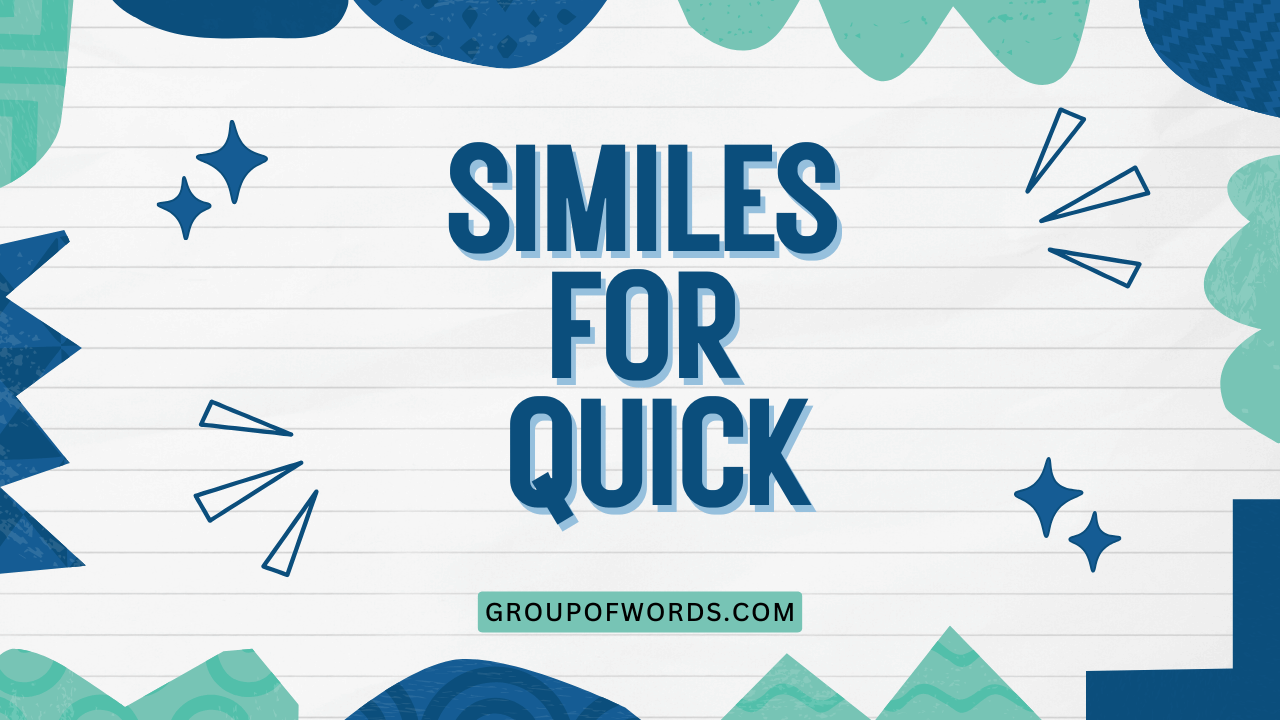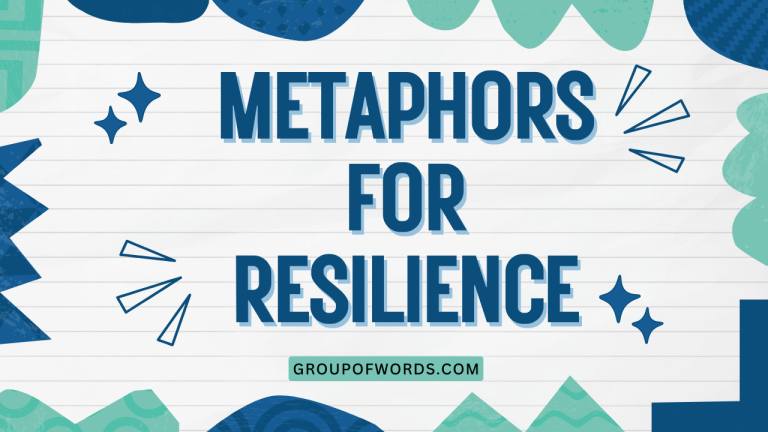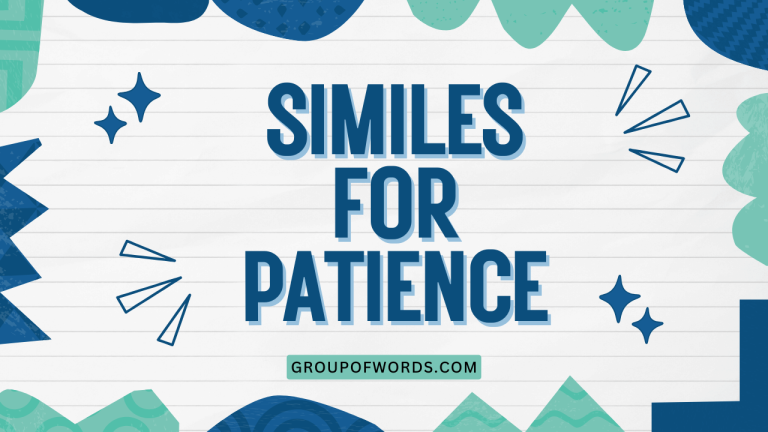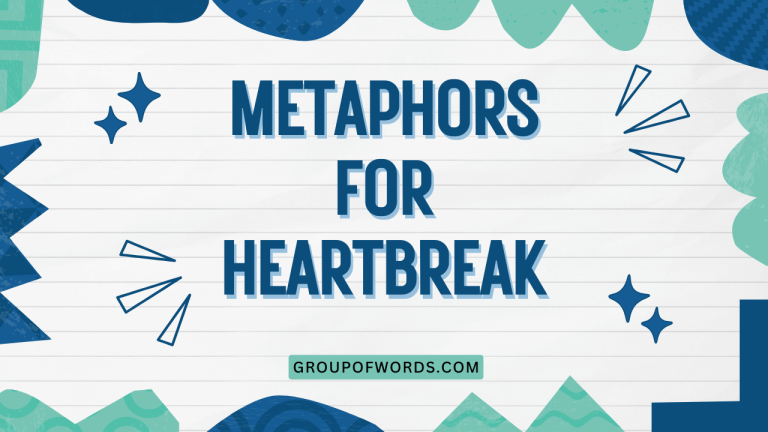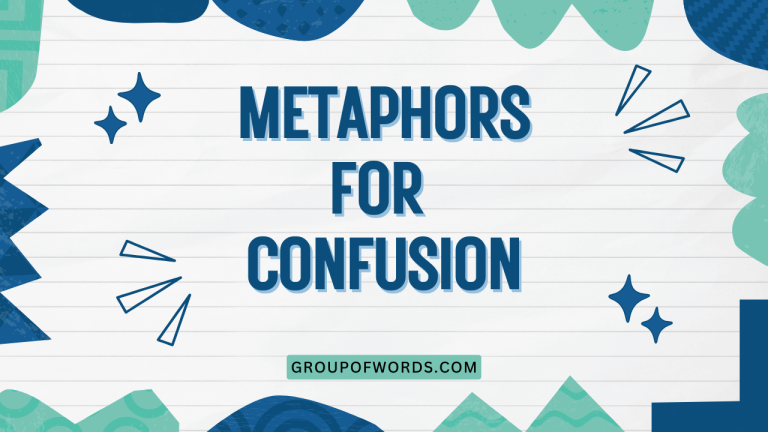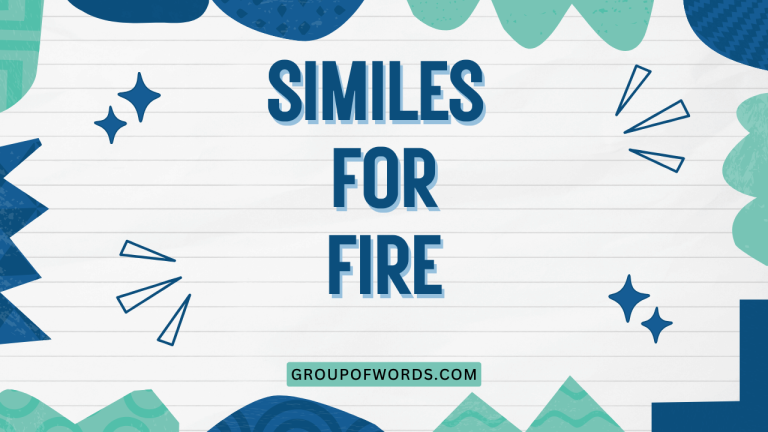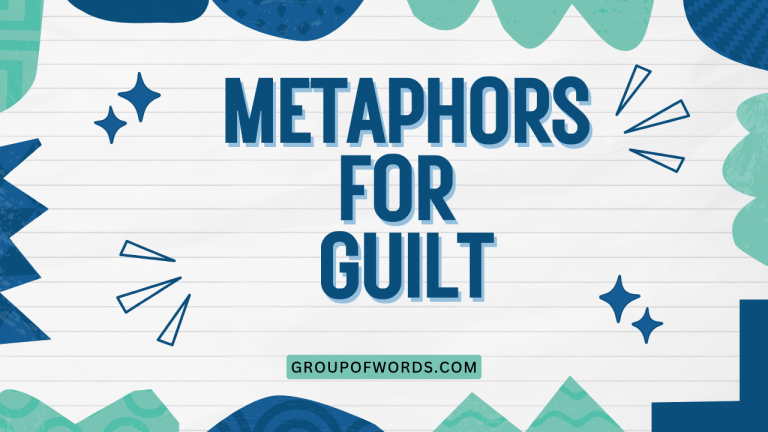Similes for Quick: Mastering Expressive Comparisons
Understanding and using similes effectively can dramatically enhance your writing and speaking skills. Similes allow you to create vivid imagery and make your language more engaging and memorable.
This article focuses specifically on similes used to describe quickness or speed, providing you with a comprehensive guide to incorporating these comparisons into your everyday communication. Whether you are a student, a writer, or simply someone looking to improve their English proficiency, this guide will equip you with the knowledge and tools to master similes for “quick.”
By exploring various examples, structural breakdowns, and usage rules, you will gain a deeper understanding of how similes function and how to use them correctly. This article includes numerous practice exercises to reinforce your learning and help you confidently apply your new skills.
Prepare to transform your descriptive language and add a dynamic flair to your expression.
Table of Contents
- Definition of Similes for Quick
- Structural Breakdown of Similes
- Types and Categories of Similes for Quick
- Examples of Similes for Quick
- Usage Rules for Similes
- Common Mistakes with Similes
- Practice Exercises
- Advanced Topics
- Frequently Asked Questions
- Conclusion
Definition of Similes for Quick
A simile is a figure of speech that compares two unlike things using the words “like” or “as.” The purpose of a simile is to create a vivid image or convey a specific quality by associating it with something familiar or easily understood. When used to describe “quick,” similes help to emphasize the speed or rapidity of an action, object, or event.
These similes often draw comparisons to things known for their speed, such as animals, natural phenomena, or technological advancements.
In essence, similes for “quick” function as descriptive tools that add depth and dynamism to language. They enable writers and speakers to paint a clearer picture in the minds of their audience, making the description more impactful and memorable.
The effectiveness of a simile lies in the strength of the comparison and its ability to resonate with the audience’s understanding of the world.
For example, saying someone is “as quick as a cheetah” immediately conjures an image of incredible speed and agility. This is more effective than simply stating that someone is “fast” because it provides a specific and recognizable point of reference.
Structural Breakdown of Similes
The basic structure of a simile includes three key elements:
- The Subject: The thing being described (e.g., the runner).
- The Comparison Word: “Like” or “as.”
- The Object of Comparison: The thing to which the subject is being compared (e.g., a cheetah).
Therefore, a typical simile structure is: Subject + is/are + as/like + Object of Comparison.
Let’s break down this structure with examples relevant to “quick”:
- “He ran as fast as lightning.” Here, “He” is the subject, “as” is the comparison word, and “lightning” is the object of comparison.
- “The car was like a rocket.” Here, “The car” is the subject, “like” is the comparison word, and “a rocket” is the object of comparison.
Understanding this structure allows you to create your own similes effectively. By choosing appropriate objects of comparison, you can tailor your similes to convey the exact nuance of speed you intend.
Types and Categories of Similes for Quick
Similes for “quick” can be categorized based on the type of object used for comparison. Here are some common categories:
Animal-Based Similes
These similes compare the subject’s speed to that of fast animals. Examples include “as quick as a cheetah,” “as fast as a hare,” and “as swift as a falcon.” These similes are effective because animals often represent innate speed and agility.
Nature-Based Similes
These similes use natural phenomena, such as lightning, wind, or flowing water, to convey speed. Examples include “as quick as lightning,” “as fast as the wind,” and “as swift as a river.” These comparisons often evoke a sense of powerful and unstoppable speed.
Technology-Based Similes
These similes draw comparisons to fast-moving technology, such as rockets, jets, or race cars. Examples include “as quick as a rocket,” “as fast as a jet,” and “like a race car.” These comparisons highlight the modern understanding of speed and efficiency.
Abstract Similes
These similes use abstract concepts to describe speed, often focusing on immediate action or reaction. Examples include “as quick as a thought,” “as fast as a heartbeat,” and “like a flash.” These similes can be more poetic and emphasize the instantaneous nature of the action.
Examples of Similes for Quick
This section provides extensive examples of similes for “quick,” categorized for clarity. Each table provides a subject, a simile, and a brief explanation of its meaning.
Animal-Based Similes Examples
The following table provides examples of similes that use animals to describe quickness. Each entry includes the full simile and a brief explanation.
| Simile | Explanation |
|---|---|
| As quick as a cheetah | Implies exceptional speed and agility. |
| As fast as a hare | Suggests rapid movement and nimbleness. |
| As swift as a falcon | Conveys grace and speed in flight. |
| Like a shot from a gun | Describes an instantaneous burst of speed. |
| As nimble as a squirrel | Indicates quick and agile movements. |
| As fast as a hummingbird’s wings | Emphasizes rapid flapping motion. |
| Like a greased piglet | Suggests slippery and elusive speed. |
| As quick as a snake striking | Highlights a sudden and precise movement. |
| As fast as a darting minnow | Implies rapid and unpredictable movement. |
| Like a scalded cat | Describes a sudden, panicked burst of speed. |
| As quick as a bee to honey | Indicates rapid and purposeful movement towards a goal. |
| As fast as a spider spinning its web | Conveys a sense of intricate and rapid creation. |
| Like a bat out of hell | Suggests extreme and uncontrolled speed. |
| As swift as an eagle diving | Describes a rapid, controlled descent. |
| As quick as a mongoose attacking | Implies a fast and decisive strike. |
| As fast as a ferret down a hole | Suggests quick and efficient movement into a confined space. |
| Like a blue streak | Describes something moving very quickly, leaving a visual blur. |
| As quick as a grasshopper jumping | Indicates a sudden and springy movement. |
| As fast as a fox through the woods | Conveys a sense of stealthy and rapid navigation. |
| Like a deer caught in headlights | Describes a sudden, panicked rush. |
Nature-Based Similes Examples
The following table provides examples of similes that use elements of nature to describe quickness.
| Simile | Explanation |
|---|---|
| As quick as lightning | Implies instantaneous and powerful speed. |
| As fast as the wind | Suggests unstoppable and pervasive speed. |
| As swift as a river | Conveys a constant and flowing speed. |
| Like a bolt from the blue | Describes a sudden and unexpected burst of speed. |
| As quick as a falling star | Indicates a brief but rapid descent. |
| As fast as a wildfire spreading | Emphasizes rapid and uncontrolled expansion. |
| Like a tornado’s fury | Suggests destructive and overwhelming speed. |
| As quick as a sunbeam | Highlights the immediate appearance of light. |
| As fast as a landslide | Implies a massive and unstoppable movement. |
| Like a flash flood | Describes a sudden and overwhelming rush. |
| As quick as dew evaporating | Indicates a rapid disappearance. |
| As fast as snow melting in the sun | Conveys a quick transformation or disappearance. |
| Like a shooting star across the sky | Suggests a fleeting but brilliant speed. |
| As swift as a waterfall | Describes a rapid and cascading movement. |
| As quick as a volcanic eruption | Implies a sudden and forceful burst. |
| As fast as a dust devil | Suggests a whirling and erratic speed. |
| Like a pebble skipping across water | Describes a series of quick, bouncing movements. |
| As quick as a shadow passing | Indicates a brief and elusive presence. |
| As fast as frost forming | Conveys a rapid and silent transformation. |
| Like a ripple spreading across a pond | Describes a quick and expanding effect. |
Technology-Based Similes Examples
The following table provides examples of similes that use technology to describe quickness.
| Simile | Explanation |
|---|---|
| As quick as a rocket | Implies extreme acceleration and speed. |
| As fast as a jet | Suggests high-speed air travel. |
| Like a race car | Conveys speed and precision. |
| As quick as a bullet | Describes a direct and rapid projectile. |
| As fast as a laser beam | Indicates focused and instantaneous speed. |
| Like a speeding train | Suggests powerful and relentless speed. |
| As quick as a computer processing | Highlights rapid data analysis. |
| As fast as a server responding | Conveys immediate data retrieval. |
| Like a Formula 1 car | Describes cutting-edge speed and technology. |
| As quick as an email sending | Indicates instantaneous communication. |
| As fast as a satellite orbiting | Conveys constant and high-speed motion. |
| Like a fighter jet taking off | Suggests a rapid ascent and acceleration. |
| As quick as a machine gun firing | Describes a rapid succession of actions. |
| As fast as a circuit completing | Indicates immediate electrical connection. |
| Like a high-speed blender | Suggests rapid mixing and transformation. |
| As quick as a digital download | Conveys immediate access to information. |
| As fast as a 5G connection | Implies ultra-fast data transfer. |
| Like a drone zipping through the air | Describes agile and rapid aerial movement. |
| As quick as a robot’s response | Indicates immediate and precise action. |
| Like a modern sports car accelerating | Suggests powerful and smooth acceleration. |
Abstract Similes Examples
The following table provides examples of similes that use abstract concepts to describe quickness.
| Simile | Explanation |
|---|---|
| As quick as a thought | Implies instantaneous mental processing. |
| As fast as a heartbeat | Suggests constant and vital speed. |
| Like a flash | Conveys a sudden and brief burst of speed. |
| As quick as a blink of an eye | Describes an extremely rapid action. |
| As fast as a memory fading | Indicates rapid disappearance from consciousness. |
| Like a dream passing | Suggests a fleeting and ephemeral experience. |
| As quick as a rumor spreading | Highlights the rapid dissemination of information. |
| As fast as time flies | Conveys the perceived acceleration of time. |
| Like a fleeting moment | Describes a brief and transient experience. |
| As quick as a change of heart | Indicates a sudden shift in emotion. |
| As fast as a conclusion jumping | Conveys a rapid and potentially premature judgment. |
| Like a spark igniting | Suggests a sudden and intense beginning. |
| As quick as a solution appearing | Indicates a rapid discovery or resolution. |
| As fast as an opportunity slipping away | Conveys the urgency of a missed chance. |
| Like a shadow disappearing in the light | Describes a rapid and complete vanishing. |
| As quick as a reaction to danger | Implies immediate and instinctive response. |
| As fast as an apology given | Conveys the immediacy of remorse. |
| Like an idea taking root | Suggests a rapid and impactful beginning. |
| As quick as trust eroding | Indicates a rapid loss of confidence. |
| As fast as hope rising | Conveys a sudden and powerful surge of optimism. |
Usage Rules for Similes
Using similes effectively requires adherence to certain rules to ensure clarity and impact:
- Ensure a Clear Comparison: The two things being compared should have a recognizable similarity. The audience should easily understand the connection between the subject and the object of comparison.
- Avoid Clichés: While some common similes are effective, overusing clichés can make your writing or speech sound unoriginal. Strive for fresh and creative comparisons.
- Maintain Consistency: The tone and style of the simile should match the overall context of your writing or speech. A humorous simile might be inappropriate in a serious setting.
- Use “Like” or “As” Correctly: Remember that similes use “like” or “as” to make the comparison. Do not confuse them with metaphors, which imply the comparison without using these words.
- Consider Your Audience: Choose comparisons that will resonate with your audience’s knowledge and experiences. A simile that relies on obscure references may not be effective.
For example, instead of saying “He was as fast as a car,” which is somewhat generic, you could say “He was as fast as a Formula 1 car,” which provides a more specific and impactful comparison.
Common Mistakes with Similes
Here are some common mistakes to avoid when using similes:
| Incorrect | Correct | Explanation |
|---|---|---|
| He is fast like a car. | He is as fast as a car. | Missing the necessary “as” for a proper simile. |
| She ran fast like a cheetah runs. | She ran as fast as a cheetah. | Redundant repetition of “runs.” |
| The wind was quick as a tree. | The wind was as quick as lightning. | Inappropriate comparison; trees are not known for speed. |
| He moved like fast. | He moved like a flash. | Incorrect use of an adjective instead of a noun phrase. |
| The rocket was as quick like a bullet. | The rocket was as quick as a bullet. | Mixing “as” and “like” incorrectly. |
Avoiding these common errors will help you use similes with greater accuracy and effectiveness.
Practice Exercises
Test your understanding of similes with these practice exercises.
Exercise 1: Fill in the Blanks
Complete the following sentences with appropriate similes for “quick.”
| Question | Answer |
|---|---|
| 1. The sprinter was _______ as a _______. | 1. as quick, cheetah |
| 2. Her response was _______ as _______. | 2. as fast, lightning |
| 3. The car accelerated _______ a _______. | 3. like, rocket |
| 4. The news spread _______ _______ _______. | 4. as quick, wildfire spreading |
| 5. He dodged the punch _______ _______ _______. | 5. as nimble, a squirrel |
| 6. The data transferred _______ _______ _______. | 6. as fast, a 5G connection |
| 7. Her decision was made _______ _______ _______. | 7. as quick, a thought |
| 8. The cat pounced _______ _______ _______. | 8. as quick, a snake striking |
| 9. The rumor circulated _______ _______ _______. | 9. as quick, a rumor spreading |
| 10. The opportunity vanished _______ _______ _______. | 10. as fast, an opportunity slipping away |
Exercise 2: Identify the Type of Simile
Identify whether the following similes are animal-based, nature-based, technology-based, or abstract.
| Simile | Type |
|---|---|
| 1. As quick as a cheetah | 1. Animal-based |
| 2. As fast as lightning | 2. Nature-based |
| 3. Like a rocket | 3. Technology-based |
| 4. As quick as a thought | 4. Abstract |
| 5. As swift as a falcon | 5. Animal-based |
| 6. As fast as the wind | 6. Nature-based |
| 7. As quick as a computer processing | 7. Technology-based |
| 8. Like a flash | 8. Abstract |
| 9. As fast as a hare | 9. Animal-based |
| 10. As quick as a falling star | 10. Nature-based |
Exercise 3: Rewrite the Sentences Using Similes
Rewrite the following sentences using similes to describe the quickness of the action.
| Original Sentence | Rewritten Sentence (with Simile) |
|---|---|
| 1. He ran very fast. | 1. He ran as fast as a cheetah. |
| 2. The response was immediate. | 2. The response was as quick as lightning. |
| 3. The car accelerated rapidly. | 3. The car accelerated like a rocket. |
| 4. The news spread quickly. | 4. The news spread as fast as wildfire. |
| 5. She reacted instantly. | 5. She reacted as quick as a blink of an eye. |
| 6. The data transferred extremely fast. | 6. The data transferred as fast as a 5G connection. |
| 7. He made a decision immediately. | 7. He made a decision as quick as a thought. |
| 8. The cat attacked swiftly. | 8. The cat attacked as quick as a snake striking. |
| 9. The rumor spread rapidly. | 9. The rumor spread as quick as a rumor spreading. |
| 10. The opportunity disappeared fast. | 10. The opportunity vanished as fast as an opportunity slipping away. |
Advanced Topics
For advanced learners, consider these more complex aspects of similes:
- Extended Similes: These involve developing a single comparison over multiple sentences or paragraphs, creating a more detailed and nuanced image.
- Subverted Similes: These intentionally break expectations by comparing things in unexpected or ironic ways, often for humorous effect.
- Cultural Similes: These rely on cultural references or knowledge that may not be universally understood, requiring a deeper understanding of the specific culture.
Exploring these advanced topics can further enhance your ability to use similes creatively and effectively.
Frequently Asked Questions
Here are some frequently asked questions about similes:
- What is the difference between a simile and a metaphor?
A simile compares two things using “like” or “as,” while a metaphor directly equates two things without using these words. For example, “He is as fast as a cheetah” is a simile, while “He is a cheetah on the track” is a metaphor.
- Why are similes important in writing?
Similes add vividness, clarity, and engagement to writing. They help readers visualize and understand concepts more effectively by drawing comparisons to familiar things.
- How can I create original similes?
Think creatively and look for unique connections between things. Consider the specific qualities you want to emphasize and choose objects of comparison that strongly represent those qualities. Avoid clichés and strive for fresh perspectives.
- Can a simile be too complex?
Yes, if the comparison is too obscure or requires specialized knowledge, it may confuse or alienate your audience. Aim for comparisons that are easily understood and relatable.
- Is it okay to use similes in formal writing?
Yes, but use them judiciously. Similes can enhance formal writing by making it more accessible and engaging, but avoid overly informal or colloquial comparisons.
- How do I choose between using “like” or “as” in a simile?
Both “like” and “as” are acceptable for creating similes, but “as” is typically used when comparing an attribute or quality (e.g., “as fast as”), while “like” is often used to compare nouns (e.g., “like a rocket”). However, the distinction is not rigid, and either word can often be used interchangeably.
- How can I improve my use of similes in everyday conversation?
Pay attention to the language used by others and note effective similes. Practice creating your own similes by thinking of creative comparisons for everyday situations. The more you practice, the more natural and effective your similes will become.
- What are some resources for finding more examples of similes?
Online dictionaries, thesauruses, and writing guides often provide examples of similes. Additionally, reading widely in various genres can expose you to a wide range of simile usage. Websites dedicated to figures of speech can also be valuable resources.
Conclusion
Mastering similes for “quick” can significantly enhance your descriptive language and communication skills. By understanding the structure, types, and usage rules of similes, you can create vivid and impactful comparisons that resonate with your audience.
Remember to avoid common mistakes, practice regularly, and explore advanced topics to further refine your skills.
The ability to use similes effectively will not only improve your writing and speaking but also deepen your appreciation for the nuances and creativity of the English language. Continue to explore and experiment with similes to unlock their full potential and add a dynamic flair to your expression.
With practice and dedication, you can become adept at using similes to paint a clearer, more engaging picture with your words.
